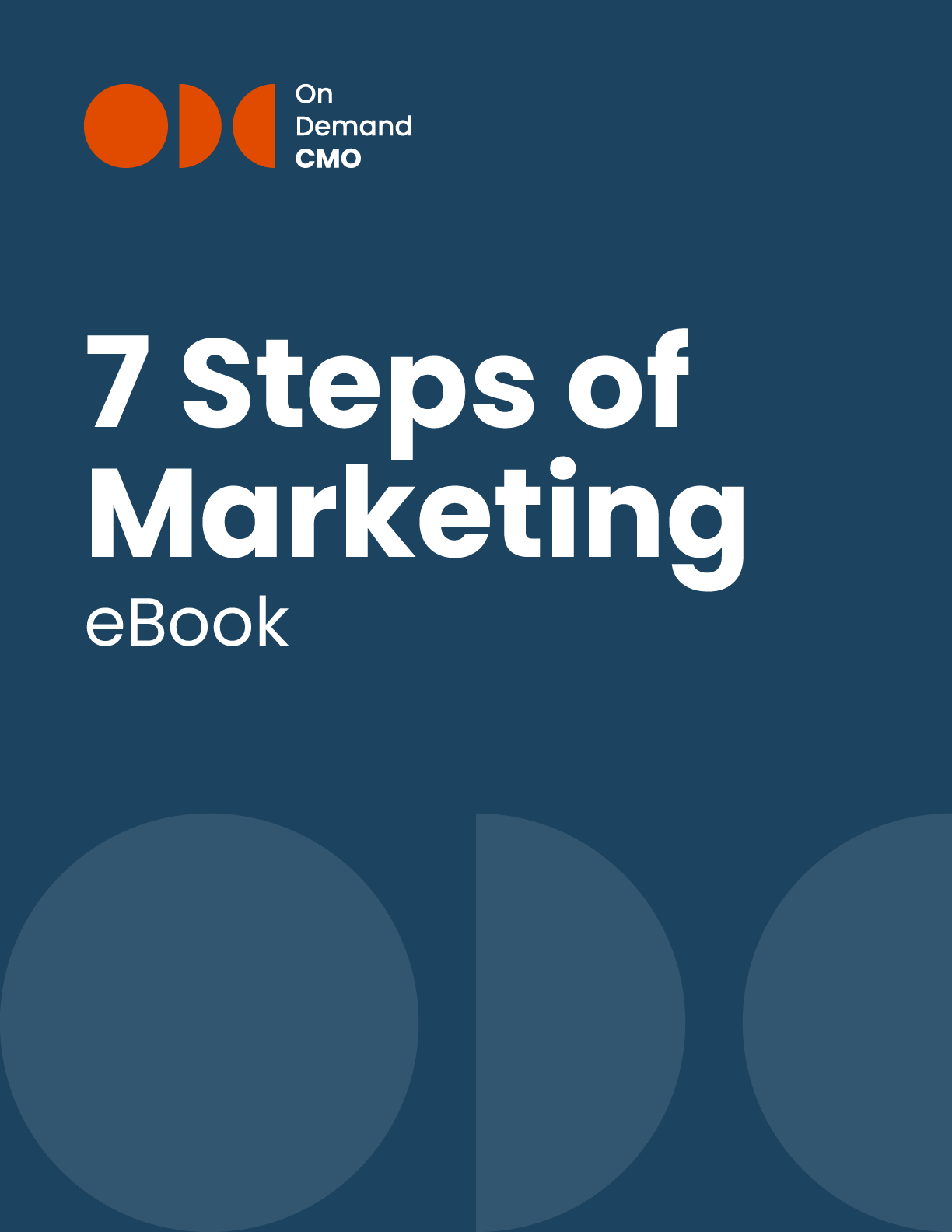
Marketing in the online world can be tricky sometimes—it’s a very fragmented world. Online results can be hard to classify or measure, and unlike TV advertising, guarantees are hard to come by. The key metrics that drive successful online campaigns are not fundamentally different from traditional marketing. What is different is how you can apply them.
I was lucky enough to have the opportunity to talk about this with Randall Beard, the global head of advertiser solutions at The Nielsen Company (yes, that Nielsen!), as he recently gave a presentation at the last meeting of the NJ Chapter of MENG (Marketing Executives Networking Group). Beard has a formula that he uses to measure marketing performance:
Reach x Resonance = Reaction
(Where Reach is getting your intended audience, Resonance is influencing opinion, and Reaction is impacting behavior.)
With digital, it is very easy to optimize the three Rs in real time and see very quickly how to better allocate your resources. As your campaign progresses, keep watch on it and see which website and which ads are performing the best and worst. Measure the performance by each creative unit, by each website and by exposure frequency. Metrics to look at here include awareness, attitudes, favorability, intent, and preference within your target audience.
Reallocate the lowest performing 25% of your campaign (ads and websites) towards ads and websites that are performing better. According to Beard, companies that reallocate their resources like this mid-campaign, tend to see a 15% improvement in their Reaction metrics (sales, web traffic, etc.). The great thing about digital marketing is that it allows you to fail quickly and then immediately course-correct. Can’t do that with print!
It can be very challenging to measure these things with market mix modeling (MMM) because traditional MMM is too slow, it doesn’t measure small digital activity well, and it can’t measure combinations of touchpoints. Today’s customers are omnichannel shoppers and they will likely connect with your brand in a variety of media. A model that can’t measure that interaction is inadequate.
A potential solution to this dilemma is multi-touch attribution modeling. This is an emerging approach that connects online exposure with purchase data and measures activity at the person level. Best of all, since it is digital, it is completely automated and available in real time.
Another great thing about digital is the way it acts as a force multiplier for your existing marketing efforts. Online exposure to an ad, Beard notes, makes TV ads work harder. That is, when people see an ad in one place first, they have better recall when they see the ad in another platform. So, one TV ad and one online ad are more effective than two TV ads or two online ads.
Hmmm…makes you think, right?

OnDemandCMO has authored 7 Steps of Marketing, the only marketing guide book you’ll need to either get your marketing started properly, or stay on track strategically.
It features best practices on branding, messaging, social media, lead generation and much in between.
Please let us know who you are, and we'll share a few of our secrets (we don't sell or trade your info)!